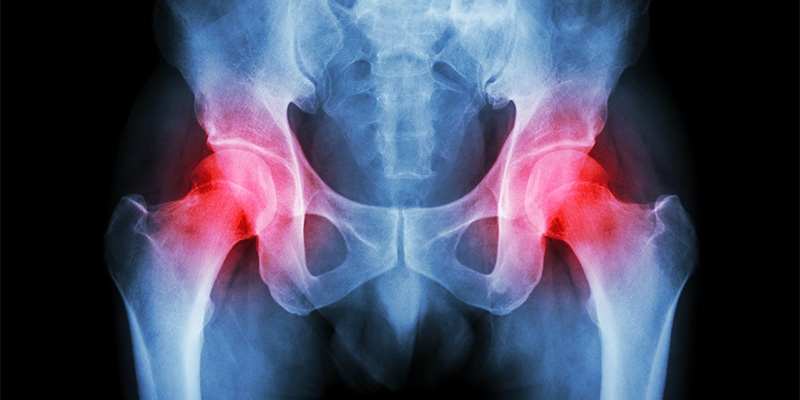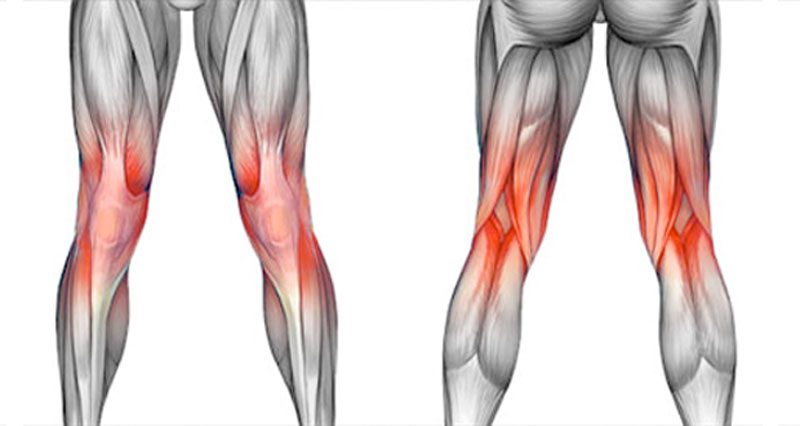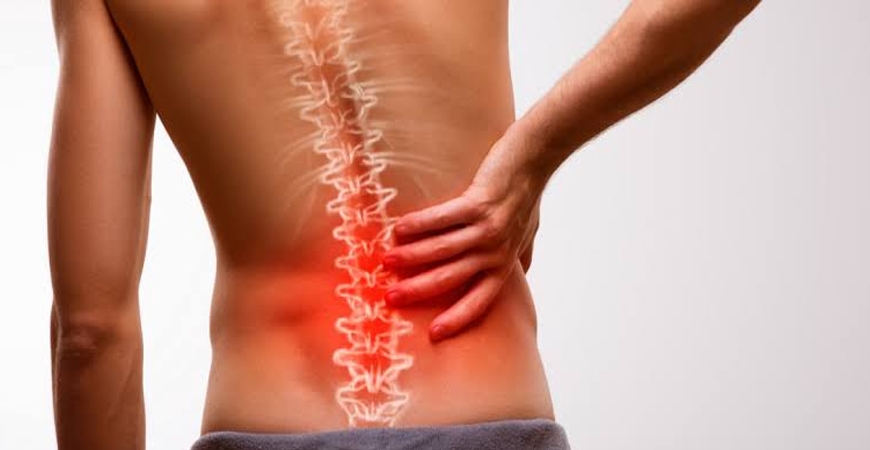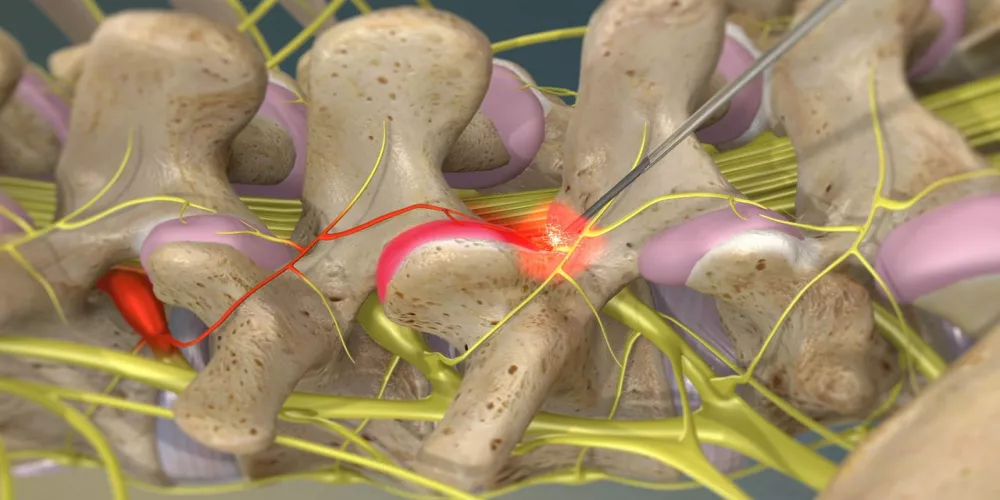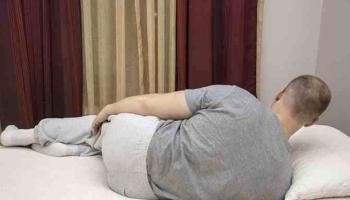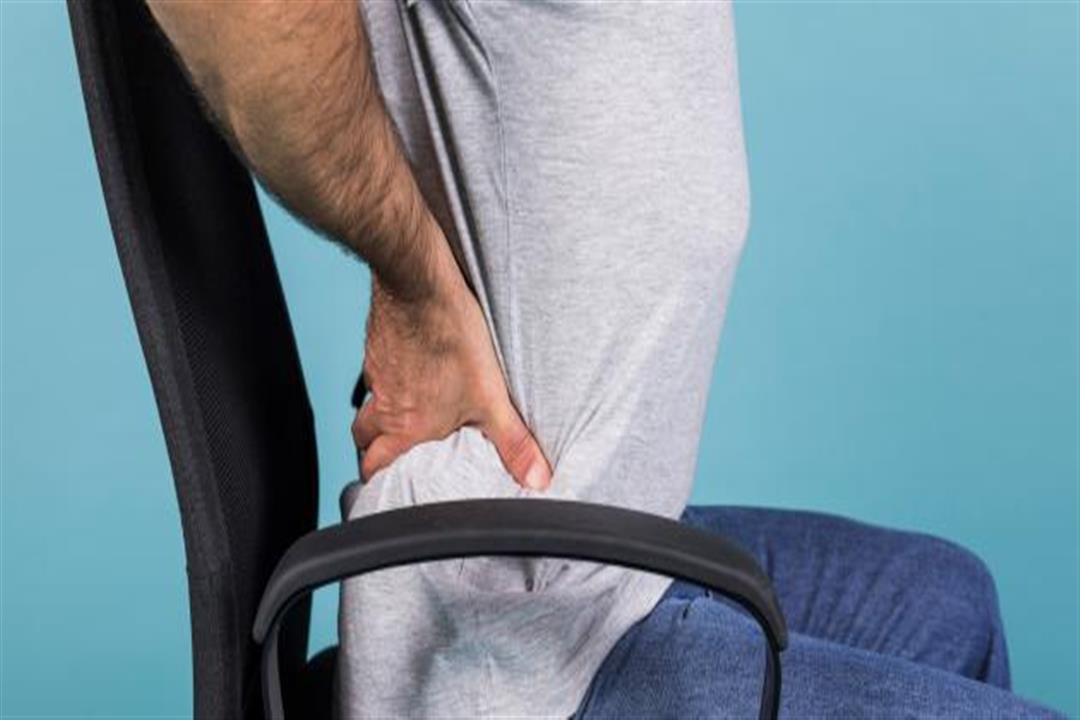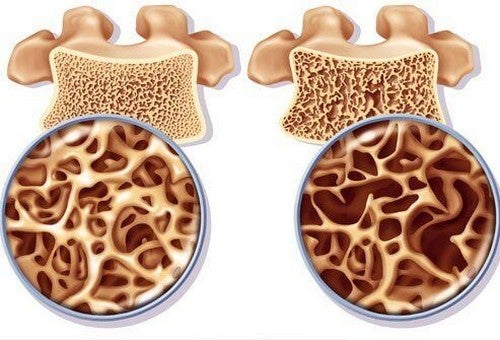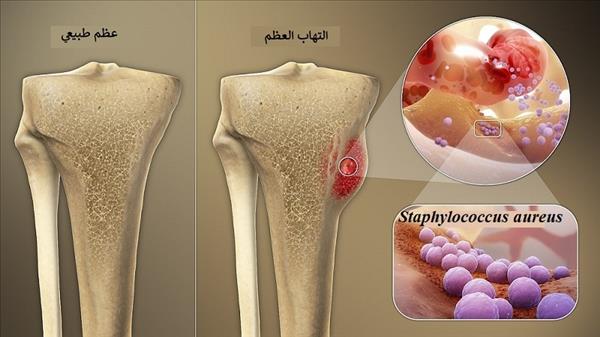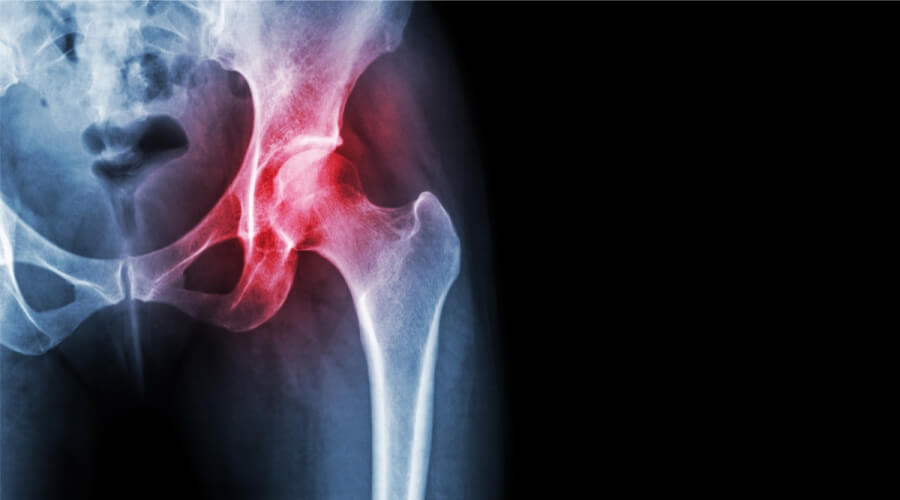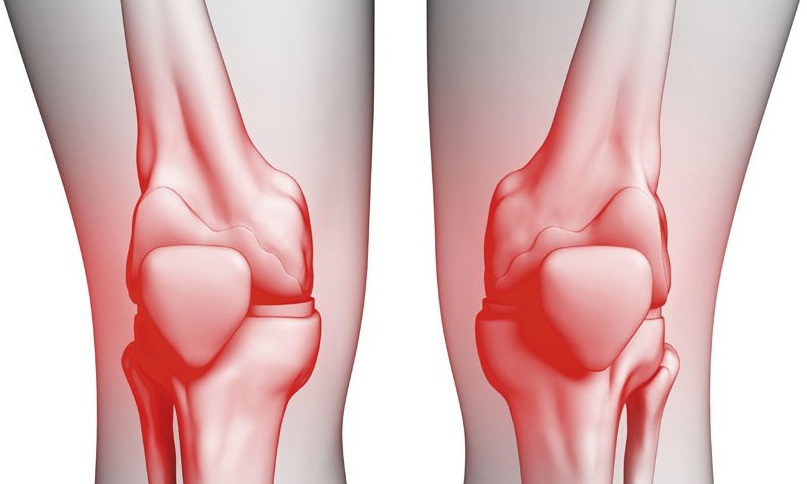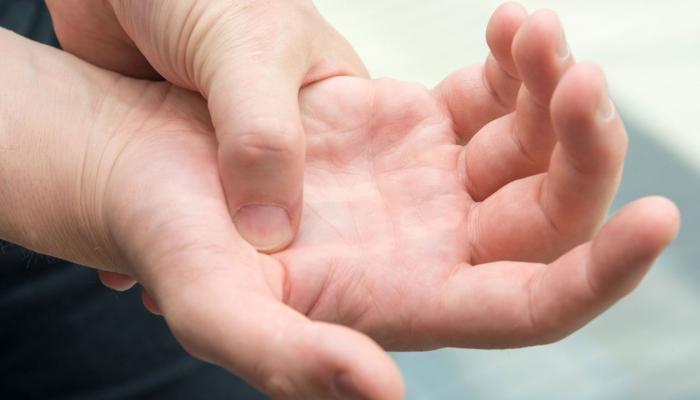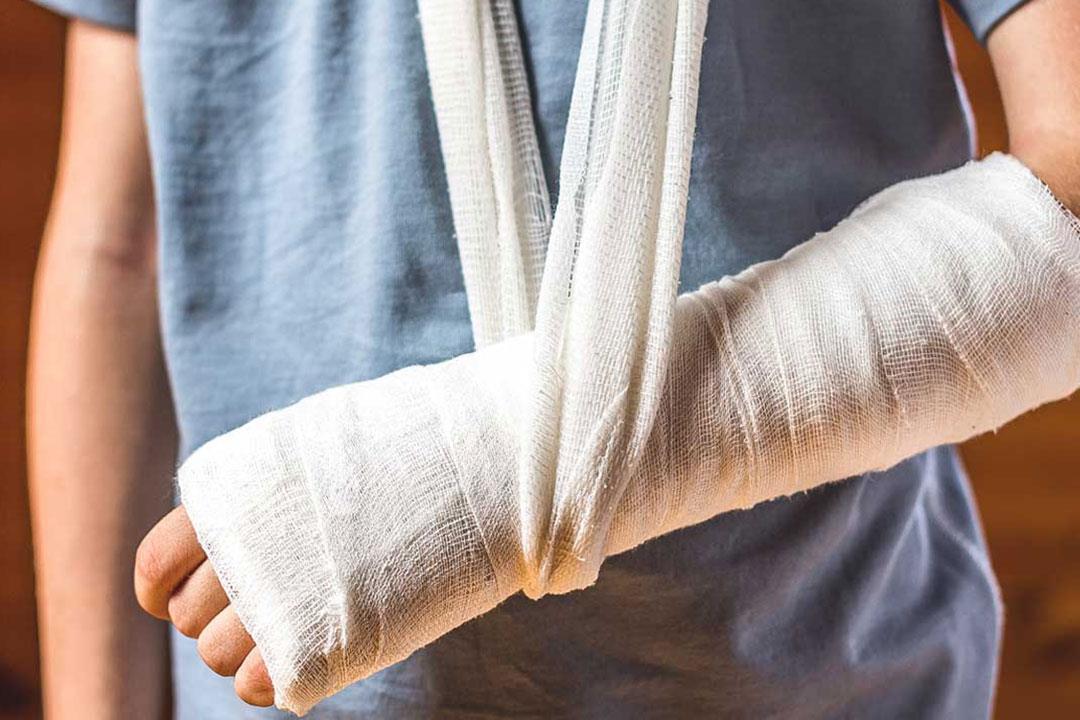!Treatment of Flat Feet with Exercises and Its Key Symptoms
Treating Flat Feet with Exercises, Flat feet is a common condition that can make it difficult for a person to carry out their normal activities due to the lack of a natural foot arch. Hence, there is a need to practice certain exercises to treat this condition. In this article, we will highlight the most important causes, symptoms, and details related to flat feet in detail.
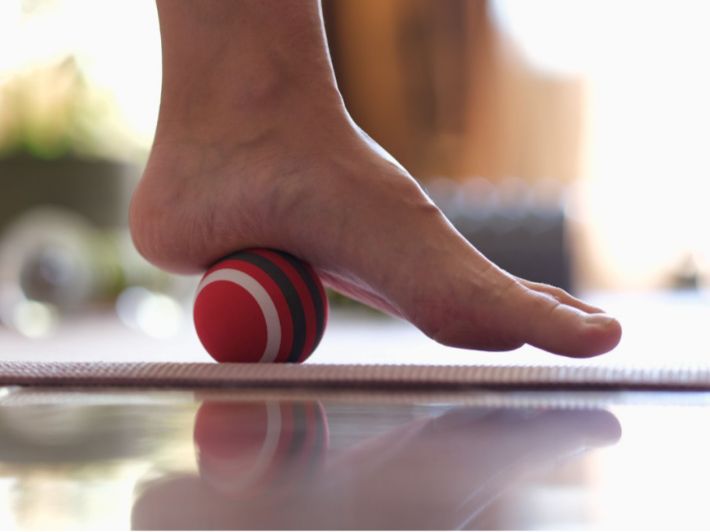
Treating Flat Feet with Exercises
Flatfoot is a common medical condition that occurs when the foot arches are flat while standing, causing the entire sole of the foot to touch the ground. Although flatfoot treatment is not always required if it does not cause pain or mobility impairment, the foot position and potential problems can be improved. Here is a list of the most important exercises for treating flatfoot:
Foot Strengthening Exercises
-
- Toe Raises: Stand on your feet, then raise your heels to go up on your toes. Slowly return to the starting position. Repeat these exercises about 10 times.
- Partial Foot Raises: Lie on your back with your legs extended. Raise one foot upwards while keeping the other leg extended on the ground. Try to keep the foot straight, then lower it slowly. Repeat this movement about 10 times for each leg.
Muscle Friction Exercises
-
- Foot Pull Exercises: Use a training aid such as a rope or handle to practice these exercises. Sit and hold the rope with your hands and gently pull it towards you, while simultaneously pulling the foot backwards. Repeat this movement for each foot about 10 times.
Balance Exercises
-
- One-Leg Stance: Place one foot on a flat surface, then slightly raise the other foot off the ground. Try to maintain this position for 10 to 30 seconds. Repeat this movement with the other foot as well.
Stretching and Toning Exercises
-
- Toning Exercises: Sit with your legs straight and place a foam or towel under the foot. Keep the foot straight and lean forward for 15-30 seconds.
- Stretching Exercises: Sit and lean your body forward, then turn your ankle until you feel a stretch in your calf and the back of your foot. Hold this position for 15-30 seconds.
- These are some exercises that can be practiced to treat flatfoot. However, it is recommended to consult a specialist doctor before starting any new exercise program, especially if flatfoot causes severe pain or significantly impairs mobility. The doctor should provide personalized advice and guidance based on your individual health condition.
Discover the power of specialized exercises recommended by Dr. Amr Amal to improve your flatfoot condition and regain your natural balance.
What is Flatfoot?
Flatfoot is a common condition where the foot arch is lowered when standing, causing the entire sole of the foot to touch the ground. It is a congenital defect that affects the shape and function of the foot during walking and standing. People with flatfoot may sometimes experience foot pain and difficulty in mobility.
Medical examinations and clinical diagnosis are crucial in diagnosing flatfoot. Different methods may be used to detect this condition, such as foot measurements, X-rays, and other necessary tests.
Treatment methods for flatfoot include using special corrective shoes that provide the necessary support for the foot and natural arches. Insoles and supportive foot braces can also be used to improve foot posture during walking. In some severe cases of flatfoot, surgical intervention may be required to reshape or repair the foot arch.
The effects of flatfoot are not limited to the foot alone but can spread to other joints and arches in the body, leading to posture problems and back pain. Therefore, individuals with flatfoot should adhere to appropriate treatment and therapeutic exercises recommended by a physical therapist.
Types of Flatfoot
- Flexible Flatfoot:
Flexible flatfoot is the most common type of flatfoot. In this type, the arches of the feet can be seen while standing, but they disappear when the foot is raised. This condition can be hereditary or result from weakness in the muscles and ligaments responsible for supporting the natural foot arch. - Rigid Flatfoot:
In this type, the shape of the foot does not change when standing or lifting the foot. People with rigid flatfoot have a permanently flat foot with no arches. This could be due to a fetal developmental defect or a previous injury. - Acquired Flatfoot (Fallen Arches):
This type of flatfoot occurs due to changes in the foot arch caused by aging, injury, or overuse. Fallen arches can cause foot, ankle, and leg pain, and typically require treatment measures to alleviate symptoms. - Congenital Vertical Talus:
This type of flatfoot is accompanied by a change in the position of the ankle, where the ankle tilts inward abnormally. This is due to an imbalance and laxity in the surrounding ankle muscles. Congenital vertical talus can cause ankle and foot pain, as well as unstable balance during walking.
For more details regarding flatfoot surgery and its different degrees, click here.
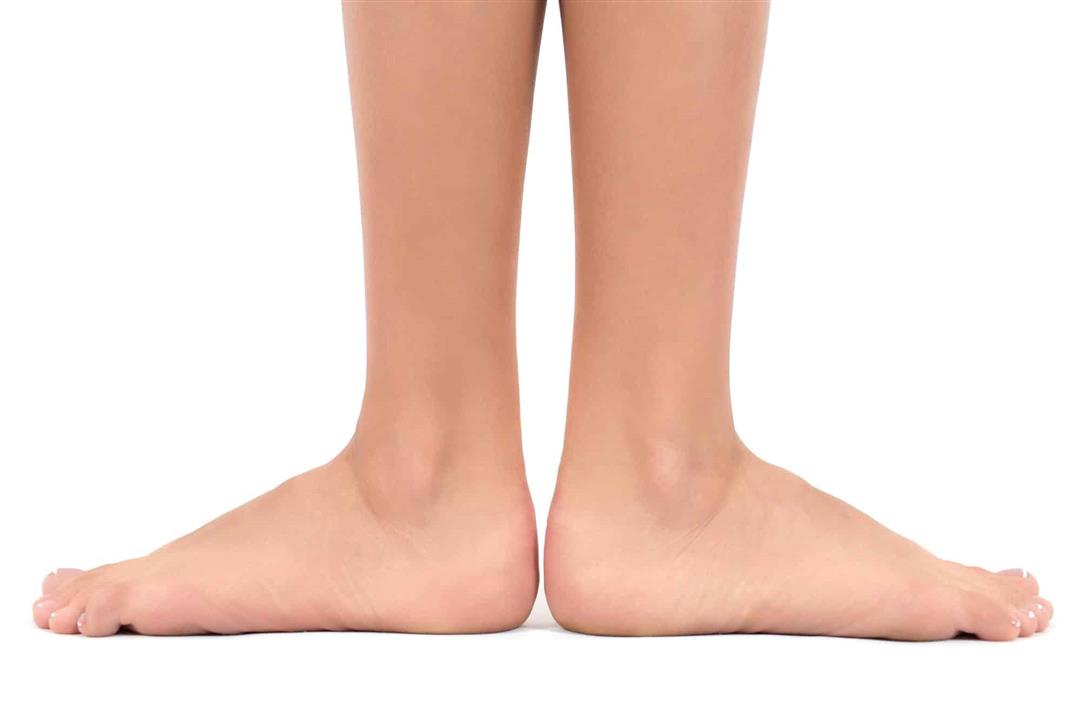
Causes of Flatfoot
Flatfoot (Flatfoot) can be a common problem affecting a person’s appearance, and here we will discuss what can cause this frustrating condition. Genetic factors are one of the main causes of flatfoot, as some people may inherit the flat foot shape from one or both parents. However, some people may develop this condition later in life due to other causes.
Other causes of flatfoot include:
- Injuries: Injuries to the foot tendons, ligaments, and bones can cause changes in the foot formation, leading to flatfoot in some cases.
- Other Diseases: Some diseases such as cerebral palsy and diabetic foot can affect foot formation and cause flatfoot.
- Aging: The likelihood of developing flatfoot may increase with age, as tendons and ligaments can weaken over time and cause changes in foot formation.
With exercises specifically designed by Dr. Amr Amal, your steps towards recovering from flatfoot become more confident and comfortable.
Symptoms of Flatfoot
- Foot Pain: Foot pain is one of the most prominent symptoms of flatfoot. The patient may experience constant or acute pain due to the excess weight on the foot arch.
- Feeling of Fatigue in the Foot: Foot fatigue is one of the early signs of suspected flatfoot. The person may feel a heaviness in their foot after a short period of standing or walking.
- Change in the Normal Shape and Function of the Foot: A person with flatfoot may notice a change in the shape and normal function of their foot. The foot may appear flat or turned inward, affecting walking and balance.
- Ankle Pain: People with flatfoot may experience pain in the area surrounding the ankle. This occurs due to changes in weight distribution on the foot and increased pressure on the ankle.
- Swelling and Inflammation: A person with flatfoot may experience swelling and inflammation in the foot and ankle. This occurs due to excessive pressure on the tissues and nerves in the foot.
- Leg and Knee Pain: Some people with flatfoot may experience leg and knee pain. This could be due to changes in the angle of the foot and its impact on the leg and knee during walking and running.
- General Muscle Weakness: People with flatfoot may feel general weakness in their calf and foot muscles. This occurs due to the impact of an unbalanced foot on the muscles, causing fatigue.
If you want to know more about how you have flatfoot and the insoles to choose for it, click here.
How is Flatfoot Diagnosed?
Flatfoot is a common and painful medical condition affecting many people. This condition occurs when the foot arches are flat while standing, causing the entire sole of the foot to touch the ground. To diagnose this condition, doctors rely on certain clinical examination methods.
In this article, we will provide you with some useful medical information about how flatfoot is diagnosed:
- Clinical Examination:
The basic and initial clinical examination is used to diagnose flatfoot. The doctor examines the arch area of the foot while sitting and standing. The doctor checks the extent of foot collapse during movement and also examines the leg area. The doctor may also ask you to stand on your feet so they can better analyze the anatomical structure of the foot. - Functional Test:
After the clinical examination, doctors may use some functional tests to assess the function and flexibility of the foot. This may include asking you to walk or jump on one leg. This test examines the foot’s response and checks for any limited range of motion. - X-rays:
In severe cases of flatfoot that cause persistent pain, an X-ray of the foot may be ordered. X-rays help determine the size and position of the bones and diagnose any structural changes that may be responsible for the flatfoot. - Additional Tests:
The doctor may order additional tests to confirm the diagnosis of flatfoot if necessary. These tests may include tests to check balance and muscle strength, measure mobility, and tests to determine the extent of tendon or tissue inflammation around the foot.
It is essential that flatfoot is diagnosed by a specialist doctor, as they have the necessary expertise and knowledge to accurately diagnose the condition. After diagnosing flatfoot, doctors can recommend appropriate treatment options based on the severity of the condition and accompanying symptoms. We emphasize that Dr. Amr Amal will guide you on the right path to treat flatfoot with specialized exercises that restore strength and flexibility to your feet.
How to Prevent Flatfoot?
Flatfoot is a condition that affects the balance of the foot, where the longitudinal arch that acts as a support for the foot is less robust. Although some cases of flatfoot may be hereditary and cannot be completely prevented, there are steps that can be taken to prevent the condition from worsening and alleviate symptoms, including the following:
Wearing Appropriate Shoes:
- Choose shoes that provide the necessary support for the foot and offer comfort.
- Avoid wearing high-heeled or tight shoes that put pressure on the toes.
Paying Attention to Physical Stress:
- Avoid standing for long periods and reduce physical activities that may increase the severity of symptoms, such as running.
- Maintain a healthy and appropriate weight for your feet to reduce pressure on them.
Using Arch Supports:
- These supports are used to provide additional support for the longitudinal arch and reduce pain.
- Over-the-counter arch supports can be obtained and inserted into the shoe.
Practicing Stretching Exercises:
- Heel Stretching Exercise: Stand with your hands against a wall, then gradually raise your heels to go up on your toes while bending your leg forward.
- Practice physical therapy exercises to strengthen and stabilize the foot and ankle muscles.
Foot Care:
- Take care of foot hygiene and keep your feet dry to avoid skin problems that may exacerbate symptoms.
- It is advisable to wear shoes specifically designed for flatfoot cases with balance platforms and arch supports.
In general, while there may not be complete prevention for hereditary cases of flatfoot, implementing the above measures can help reduce symptoms and provide foot comfort. Therefore, individuals experiencing symptoms should consult an orthopedist or podiatrist for an assessment and guidance on appropriate treatment.
Complications of Flatfoot
Flatfoot is a condition that occurs when a person has a low or flat foot arch, which causes the entire sole of the foot to touch the ground. If you suspect you may have flatfoot, it is important to take care of your feet and seek advice about potential complications. Here, we will discuss 6 serious complications of flatfoot that you should be aware of:
- Balance Problems:
People with flatfoot experience balance issues. Their feet are unable to distribute weight properly, making them prone to falls or injuries while walking. - Pain and Difficulty Walking:
People with flatfoot often complain of foot pain and difficulty walking. The pain can be severe and constant, affecting their ability to move freely and participate in daily activities. - Ankle Stiffness and Pain:
Some people with flatfoot may experience ankle stiffness and pain. This occurs due to weakness in the muscles known as the calf muscles, which affect ankle stability and movement. - Sudden Development of Flatfeet and Arch Collapse:
Flatfoot may develop suddenly, and the natural arch of the foot may collapse. This can cause changes and problems such as foot pain, tension, and joint deformities. - Achilles Tendinitis:
Achilles tendinitis is a common complication of flatfoot. The Achilles tendon becomes inflamed and injured, causing severe and uncomfortable pain in the heel and foot. For more details about the symptoms and treatment of Achilles tendinitis, click here. - Plantar Fasciitis:
A common problem experienced by people with flatfoot is plantar fasciitis. This occurs when the tendon on the foot becomes twisted or swollen and painful.
Does Flatfoot Affect Walking?
Some people suffer from flatfoot, where the natural arch of the foot does not form, and their feet become flat. This condition can negatively affect walking and cause pain. The pain may occur in the foot area in general, or in the heel, ankle, or even the leg. The most common cause of flatfoot is inflammation or tearing of the calf tendon that supports the arch.
Flat feet, also known as fallen arches, occur when the arches of the feet collapse, causing the entire sole to touch the ground. This condition can lead to various symptoms and discomfort, such as pain in the feet, ankles, knees, and lower back, as well as difficulty in walking or standing for long periods.
While flat feet may not always require treatment, especially if they are asymptomatic, certain exercises and lifestyle modifications can help alleviate symptoms and improve foot function.

Is Flat Foot Considered a Disability?
Flat feet, characterized by a deformity in the foot shape and complete flattening of the arch on the ground, may be perceived by some as a disability. However, in reality, flat feet are not classified as a disability but rather a foot deformity. Flat feet lack a natural arch, which can cause some issues for individuals in certain cases.
It’s worth noting that flat feet can result from genetic or acquired factors, and in some cases, may be attributed to neurological causes such as nerve damage affecting the foot arch. Flat feet can lead to problems like heel pain, arch pain, or ankle pain.
There is no permanent cure for flat feet, and in many cases, treatment may not be necessary if it does not cause pain or limit mobility. Sometimes, flat feet can resolve spontaneously with growth, and individuals may not require specific treatment.
However, in severe cases or those causing ongoing issues, doctors may recommend surgical intervention to correct flat feet and restore the natural arch. Other treatments may include wearing comfortable and supportive shoes, along with regular check-ups with a healthcare professional to assess the flat foot condition and guide appropriate treatment.
Best Doctor for Flat Feet Treatment in Cairo
In the field of orthopedic surgery in Egypt, Dr. Amr Amal stands out as one of the distinguished doctors in diagnosing and treating flat feet cases. Dr. Amr Amal has earned great recognition in foot surgery and holds a distinguished reputation as an orthopedic consultant in Cairo.
Dr. Amr received his medical education at the Faculty of Medicine, Ain Shams University, graduating with honors. He worked at Ain Shams University hospitals for an extended period as an assistant lecturer before becoming a lecturer in orthopedic surgeries, joints, and arthroscopy at the university.
Dr. Amr is known for his extensive experience in correcting flat feet, allowing him to provide the best treatments and professional advice to patients. He follows a systematic approach and utilizes the latest techniques and protocols in foot surgery and flat foot correction.
If you’re experiencing foot problems or need flat foot correction, seeking a consultation with Dr. Amr Amal is a reliable and time-saving option. By consulting with Dr. Amr Amal, you’ll find yourself in trustworthy hands striving to provide the best medical solutions and restore comfort to your feet.

